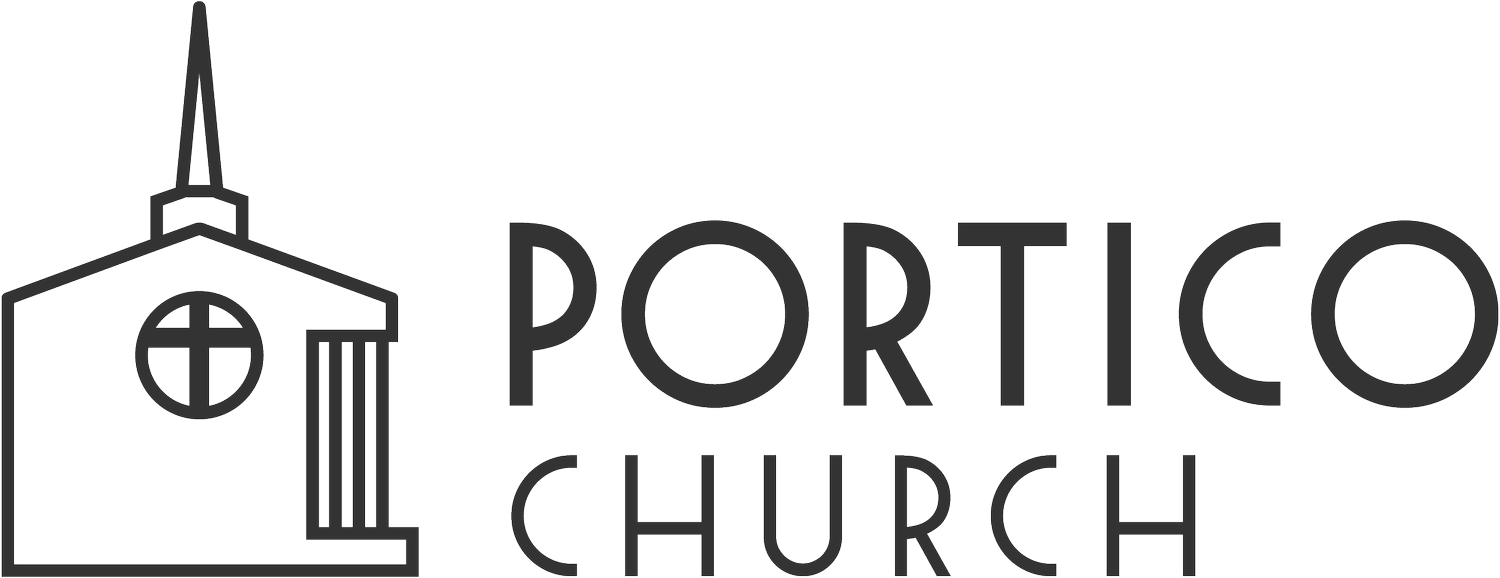Read John 9
John 9 has three main sections: verses 1-12 describe Jesus healing a man who was born blind, verses 13-34 describe the investigation that the Pharisees undertake in an attempt to discredit and condemn Jesus, and verses 35-41 describe Jesus’ rebuke of the Pharisees.
Jesus heals the man who was born blind and the fact that he was born blind and did not become blind is emphasized by John. The importance of this is that it illustrates the disconnect between personal sin and personal suffering that exists in a fallen world and how Jesus ministry begins to undo that broken relationship. The disciples of Jesus were quick to attribute a particular sin of the parents of the blind man as a reason that this man is blind. This is a mistake that echoes the book of Job and the friends of Job as they are searching for a direct cause and effect of personal sin and suffering. However, Jesus’ explanation is that there is no correlation between the particular sins of this man or his parents and this man’s blindness, but rather, God had purposes to work through this man’s suffering. This idea is further developed in Romans 8:20-21. Ultimately, the sign that is described here is an illustration of Jesus’ authority over the created world, shows his power to re-create even using dust to restore what was created by dust in Genesis 1-2, and also provides an example of a physical reality that Jesus applies to the spiritual reality as well. He makes the blind see both physically and Spiritually.
The pharisees attempts to condemn Jesus are reminiscent of chapter 5 and John wants us to see the futility of the attacks and charges Brough against Jesus. The best charge that the pharisees can muster is that Jesus “broke” the Sabbath. However, as he has consistently displayed, by healing on the Sabbath, Jesus is re-establishing the true meaning of the Sabbath and is bringing creation into the Sabbath rest that he rules over. Despite the overwhelming evidence of Jesus’ healing this man (something that has not been done before ever) the Pharisees continue to harden themselves against Jesus.
Jesus further pronounces judgment on the pharisees when he describes the nature of their problem. Using the metaphor of physical sight, Jesus explains to the Pharisees that those who are convinced that they already see have no need of healing, but it is the blind that Jesus will give sight. Jesus then explains the Spiritual nature of his words as he ends the conversation in this chapter by confirming to the pharisees that it is because they believe that they can see that their guilt remains.
Questions
How does John 9 help us understand the relationship between sin and suffering?
In what ways should we as Jesus’ disciples participate in works that resemble healing the blind?
What do you imagine to be some of the reasons that the pharisees continue to look for reasons to condemn Jesus? Do you relate to any of those reasons?
Why is recognizing that you are“spiritually” blind a necessary condition for faith in Jesus?
